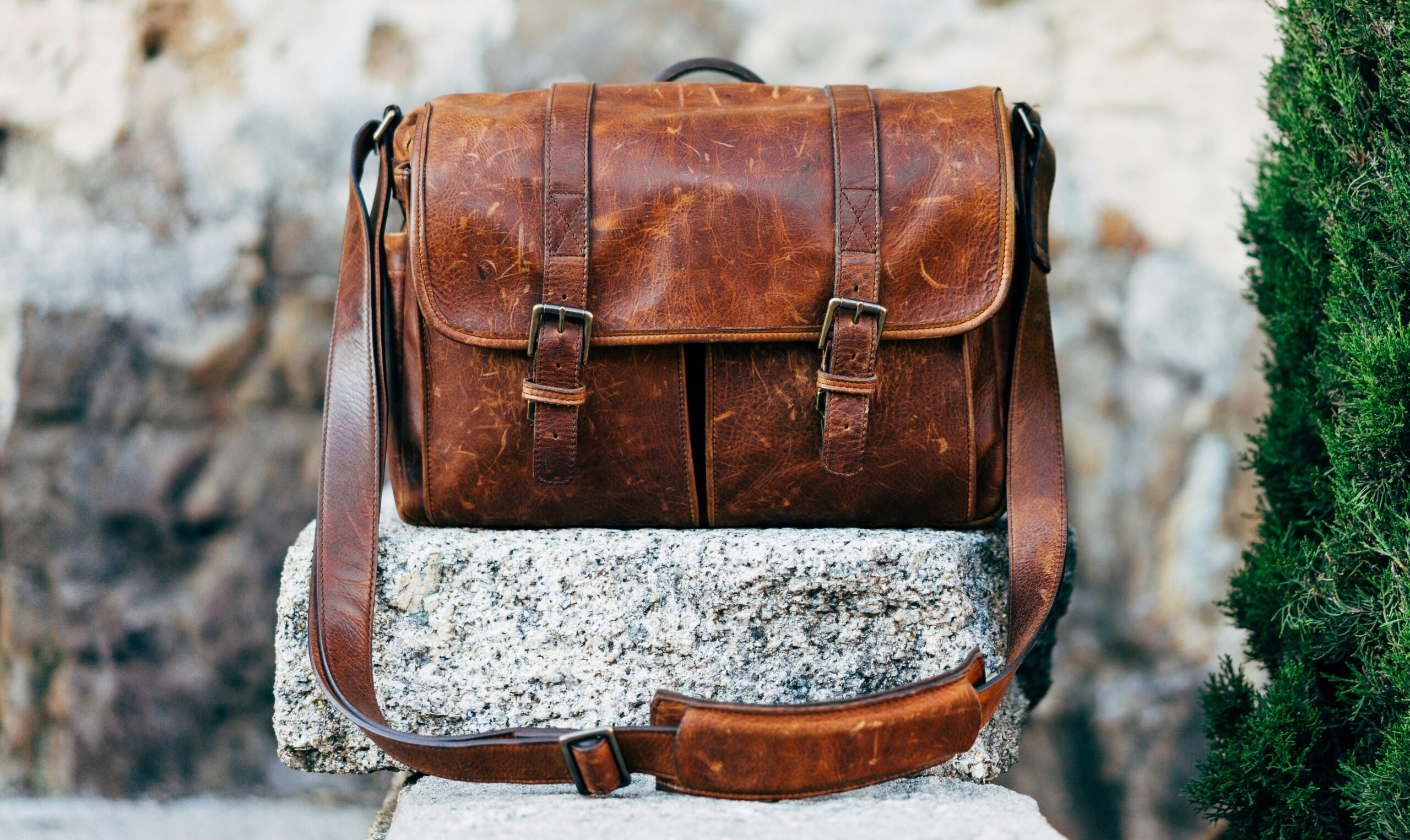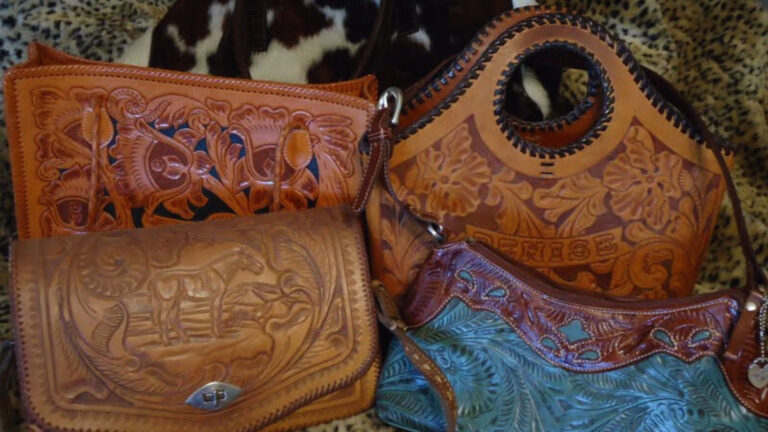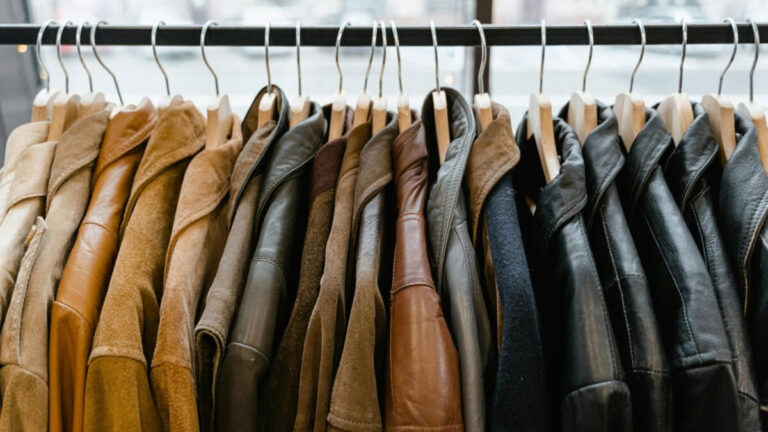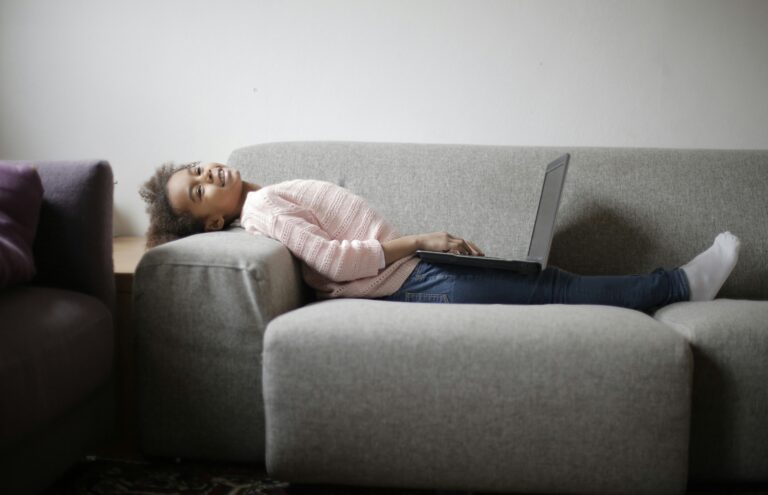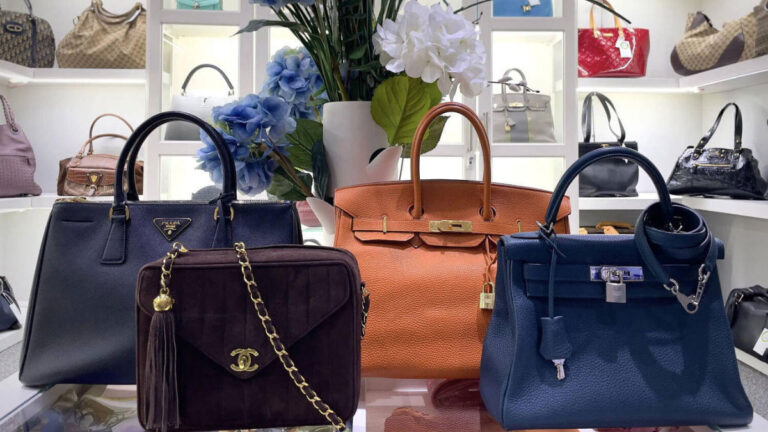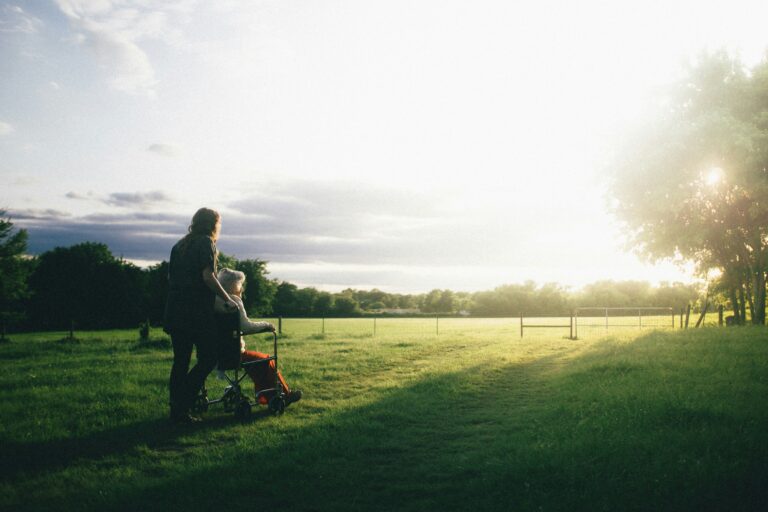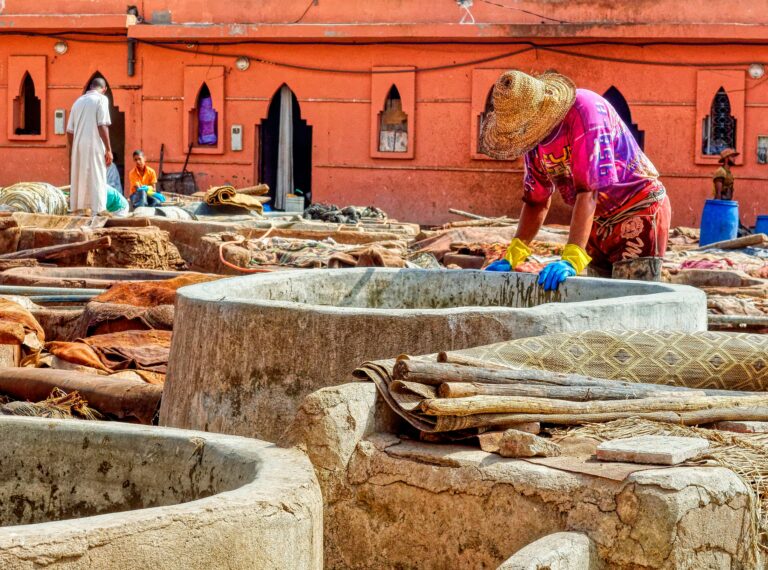Your Leather Queries Answered: Why Does Leather Crack and Peel?
Understanding Leather Cracking
To address the question: “why does leather crack and peel?” it’s essential to understand the various factors that contribute to leather degradation. This section covers some common causes of leather cracking, as well as the detrimental effects of sunlight exposure on leather.
Causes of Leather Cracking
Leather is a durable and long-lasting material, but it’s not immune to wear and tear. Several factors can cause leather to crack, including:
Age and Wear: Over time, leather can lose its natural oils, leading to dryness and subsequent cracking. Regular use further accelerates this process.
Temperature Fluctuations: Rapid temperature changes can affect the structure of leather. Going from damp to extremely dry conditions can make the leather brittle (Fibrenew).
Exposure to Elements: Factors such as humidity, artificial light, body oils, and fluctuating temperatures can alter the pH levels across the leather’s surface, contributing to cracking and fading (Brumbaugh’s Fine Home Furnishings).
Lack of Maintenance: Neglecting regular leather care, such as cleaning and conditioning, can cause the material to dry out and become susceptible to cracking.
Low Moisture Levels: Leather requires a certain level of moisture to stay supple. When neglected, it can dry out and crack.
| Factor | Effect on Leather |
|---|---|
| Age and Wear | Loss of natural oils, becoming dry and brittle |
| Temperature Fluctuations | Brittle texture, increased risk of cracking |
| Exposure to Elements | Altered pH, increased risk of cracking and fading |
| Lack of Maintenance | Dryness, susceptibility to cracking |
| Low Moisture Levels | Dryness, leading to cracking |
For more insights into maintaining leather, see our article on cleaning and conditioning.
Impact of Sunlight on Leather
Sunlight can have a significant impact on the longevity and appearance of leather. Both UVA and UVB radiation from the sun can cause damage to the collagen fibers in the leather, leading to cracking and peeling.
UV Radiation Damage: Prolonged exposure to UV light breaks down the proteins and fibers in leather, accelerating its aging process (Tri-City Medical Center).
Dryness and Cracking: Direct sunlight can dry out the leather, causing it to lose moisture rapidly. This drying effect can lead to cracking, particularly when the leather experiences sudden changes in moisture levels (Fibrenew).
Color Fading: Continuous exposure to the sun can also cause the color of the leather to fade, leaving it looking old and worn out.
| Sunlight Effect | Impact on Leather |
|---|---|
| UV Radiation Damage | Breakdown of proteins and fibers, accelerated aging |
| Dryness and Cracking | Loss of moisture, leading to cracking |
| Color Fading | Loss of color, resulting in a worn-out appearance |
To learn more about maintaining the quality of your leather items, check out our article on leather repair tips.
By understanding these causes and the impact of sunlight, you can take proactive measures to prevent your leather from cracking and peeling, ensuring it remains in good condition for years to come.
Preventing Leather Cracking
Proper care and maintenance of leather are essential to prevent cracking and peeling. Here, we provide insights into effective leather care practices and why moisture is crucial for maintaining leather health.
Proper Leather Care
Regular care is vital for extending the life of your leather items, especially your cherished leather jacket. Here are some key steps:
- Cleaning: Dirt and oil can clog the pores of leather, causing it to dry out. Clean your leather jacket with mild soap and water to remove these impurities Vintage Leather Store.
- Conditioning: Condition your leather items every 3-6 months to replenish natural oils and keep the leather supple Fibrenew.
- Avoiding Sunlight: Prolonged exposure to direct sunlight or intense heat sources can cause the leather to dry out and crack Vintage Leather Store.
- Protective Sprays: Use a protective spray to create an extra barrier against moisture and stains.
- Immediate Repair: Address any damage immediately to prevent further deterioration. Visit our guide on how to repair peeling faux leather bag for more tips.
Importance of Moisture in Leather
Moisture is crucial for keeping leather flexible and preventing cracks:
- Natural Oils: Leather requires its natural oils to maintain flexibility and suppleness. Loss of these oils can lead to brittleness and cracking (Fibrenew).
- Hydration: Using a good leather conditioner helps to hydrate the leather, replenishing lost moisture.
- Environmental Control: Avoid extreme temperatures and fluctuations in humidity, as these can cause rapid expansion and contraction of leather, leading to cracks (Vintage Leather Store).
| Maintenance Activity | Frequency |
|---|---|
| Cleaning | Monthly |
| Conditioning | Every 3-6 months |
| Protective Spray | After each cleaning |
| Immediate Repair | As needed |
Understanding why leather cracks and peels can help you take proactive measures. Regular care and attention to moisture levels ensure that your leather jacket remains in top condition for years to come. If you’re looking to address specific issues like removing odors from leather, check out our articles on how to remove smell from leather jacket and how to remove smell from leather bag.
Types of Leather Prone to Cracking
Certain types of leather are more susceptible to cracking and peeling. Understanding these types can help you make informed decisions regarding leather purchases and care.
Split Grain Leather
Split grain leather is known for its durability and resistance to wear, making it a popular choice for belts, wallets, and upholstery (The Real Leather Company). However, without proper maintenance, split grain leather is prone to cracking over time. It lacks the top grain layer, making it more vulnerable to drying out and becoming brittle.
| Characteristics | Split Grain Leather |
|---|---|
| Durability | High |
| Resistance to wear | High |
| Prone to Cracking | Yes |
| Use | Belts, wallets, upholstery |
Regular conditioning is essential to maintaining the suppleness and preventing cracks. For more information on proper leather care, please refer to our cleaning and conditioning section.
Nubuck Leather
Similar to suede, nubuck leather comes from the top grain of animal skin, making it more durable and luxurious in appearance (The Real Leather Company). Despite its appealing qualities, nubuck leather is susceptible to staining and water damage, which can lead to peeling and deterioration over time.
| Characteristics | Nubuck Leather |
|---|---|
| Durability | High |
| Luxurious Appearance | Yes |
| Prone to Cracking | Yes, if not maintained |
| Prone to Staining | Yes |
| Use | Shoes, jackets, furniture |
Regular cleaning and protection against moisture are key to preserving nubuck leather. Learn more about cleaning and protecting nubuck leather in our cleaning and conditioning section.
Bonded Leather
Bonded leather is considered the lowest grade of leather due to its manufacturing process, which involves bonding leather scraps together. This type of leather falls apart quickly and is not suitable for long-term use (The Real Leather Company). Bonded leather lacks durability and is highly prone to cracking and peeling.
| Characteristics | Bonded Leather |
|---|---|
| Durability | Low |
| Longevity | Low |
| Prone to Cracking | High |
| Manufacturing Process | Leather scraps bonded |
| Use | Budget furniture, low-cost goods |
For those in search of leather items that will stand the test of time, bonded leather is not recommended. Consider alternatives such as full-grain or top-grain leather for better longevity and quality.
By understanding the different types of leather prone to cracking, you can make better choices in both purchasing and maintaining your leather items. For more tips on maintaining leather quality and avoiding peeling, refer to our section on leather repair tips.
Maintaining Leather Quality
Maintaining the quality of your leather is essential to prevent it from cracking and peeling. Understanding the proper cleaning and conditioning techniques, knowing how to repair damage, and considering the factors that affect leather quality will help extend the life of your leather items.
Cleaning and Conditioning
Cleaning and conditioning your leather regularly is crucial to maintaining its quality. When leather isn’t conditioned often, it loses its natural oils, making it dry and brittle. Proper cleaning involves using a gentle leather cleaner. Here’s a basic routine to follow:
- Dusting: Use a soft cloth to remove surface dust.
- Cleaning: Apply a leather cleaner using a soft brush or cloth, following the product instructions.
- Conditioning: Use a leather conditioner to restore the moisture.
| Leather Process | Daily Care | Monthly Care |
|---|---|---|
| Dusting | Yes | No |
| Cleaning | No | Yes |
| Conditioning | No | Yes |
For enhanced results, consider using a high-quality leather cream to maintain the natural sheen and softness of the leather. For more detailed information on cleaning various leather items, visit how to wash leather jacket.
Leather Repair Tips
Even with the best care, leather might still suffer from minor damage. Here are some basic leather repair tips to address cracks and peels:
- Cracks: Apply a leather filler to the cracked area, allowing it to dry before smoothing it down with fine-grit sandpaper.
- Peeling: Use a leather repair kit to glue down any peeling layers. Apply colorant to match the leather’s original color if needed.
For repairing specific items such as bags, refer to our guide on how to repair peeling faux leather bag.
Factors Affecting Leather Quality
Several factors influence the quality and durability of your leather items:
- Leather Type: Top grain leather is generally considered the most durable and high-quality option, less prone to peeling and cracking (The Real Leather Company).
- Moisture Levels: Excessive moisture can lead to mold, while too dry an environment can dry out the leather (Fibrenew). Consider using a humidifier or dehumidifier to maintain proper humidity levels.
- Leather Quality: The cheaper the quality of leather, the more likely it is to crack, as lower-quality leather is often thinner and more stretched during processing (Vintage Leather Store).
- Usage of Cleaning Products: Using harsh chemicals like rubbing alcohol can damage the surface, causing peeling and weakening the leather’s integrity (Moonster Leather).
To ensure the longevity of your leather, always use products specifically designed for leather care. For tips on removing odors from leather items, check out our guides on how to remove smell from leather jacket and how to remove smell from leather shoes.

